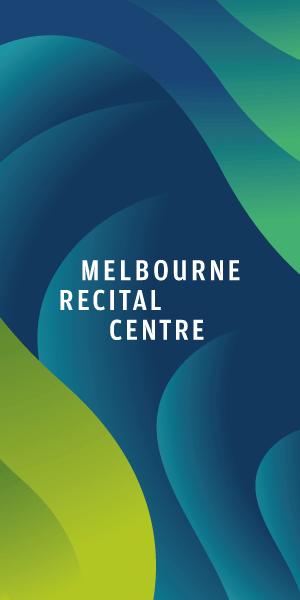“Doing the Block” in Collins St
By Cheryl Griffin, Royal Historical Society of Victoria
From the 1860s to the 1930s, Melburnians who wanted to be seen (and admired), donned their finest clothes and headed for that fashionable part of town – Collins St – to take part in a ritual known as “doing the Block.”
This quickly became part of Melbourne’s identity. Colonial artist S.T. Gill, probably best known for his paintings of the goldfields, captured the scene in a watercolour that is now part of the State Library of Victoria’s collection. Then a few years later, Fergus Hume described the ritual in his 1886 novel The Mystery of a Hansom Cab:
“It was Saturday morning and fashionable Melbourne was ‘doing the Block’. Collins St is to the Southern city what Bond St and the Row are to London … Portly merchants, forgetting Flinders Lane and incoming ships, walked beside pretty daughters; and the representatives of swelldom were stalking along in their customary apparel of curly brimmed hats, high collars and immaculate suits.”
It was a case of being seen and being noticed and Collins St between Elizabeth and Swanston streets was where it all happened. If you didn’t think about it too hard, you could imagine you were back in the “Old Country,” strolling down London’s exclusive Regent St. You needed to get the timing right – 3.30pm to 5.30pm during the week and between 11am and 2pm on a Saturday, so the Encyclopedia of Melbourne tells us.
Around the time this photograph was taken (1917), the Argus newspaper wrote of “The Block” as a “kind of vast, open-air club with unlimited membership ... a promenade without a band, a carnival without confetti, a Rotten Row without the horses.”
So that is the background to this image from the Royal Historical Society’s collection. The photographer is standing just outside the entrance to the magnificent Block Arcade. He is looking west along “The Block” and if you walk far enough along Collins St you will eventually end up at Southern Cross Station.
The year is 1917 and the country is in the middle of a devastating war that will see more than 60,000 Australians die and another 156,000 wounded. There is no sign of a world in turmoil in this image. However, there are some signs that this is a world in transition. For example, there is a horse-drawn cart pulled up at the kerb, but behind that is a motor car. Electric trams will soon take over from the old horse-drawn trams and the cable trams you see here.
The biggest sign of change, though, is in the shop on the right, at the entrance to the Block Arcade. Here is a Kodak shop, ready to develop and print your latest photographs (black and white, of course). Here is modernity, and a chance for everyone to record and keep a record of their everyday lives for the future. For several generations, family “snaps” are neatly displayed in beautifully presented albums or kept inside their Kodak folders, or even piled into boxes alongside letters and postcards and other memorabilia. Then along comes digital cameras and nothing is ever quite the same. It’s hard to realise now, but Kodak and its simple and inexpensive Box Brownie cameras made it possible for almost anyone to keep a visual record of their lives.
Looking again at this scene, it is hard to realise, too, that very soon vehicular traffic will dominate the streets and pedestrians will not be able to take part in this long-standing ritual of “doing the Block” so easily. It won’t be long before hemlines rise and the extravagant women’s hats you see here are replaced by neat cloches and some of the elegance of the age will be gone, replaced by a new, modern, bustling world looking to a better future after the end of what everyone hoped was the “war to end all wars.”
The magnificent buildings erected during the 1880s, the years of “Marvellous Melbourne,” dominate the skyline in this image. Walk down this same stretch of Collins St today and further up towards Parliament House (behind the photographer) along what has long been known as the “Paris end” of Collins St and you will see a skyline dominated by high-rise buildings of a height beyond the imagination of the people in this image.
So, where do today’s Melburnians go to be seen and admired? Is there a modern-day equivalent to “doing the Block”? What is just around the corner for us? What is the future for the CBD? All questions that occurred to me as a looked at this photograph. I don’t have the answers, but I hope the CBD remains the “heart” of Melbourne, a vibrant place for future generations to enjoy. I hope, too, that the elegance of this stretch of Collins St is valued and remembered forever.

City of Melbourne unveils next urban forest plan for the CBD








 Download the Latest Edition
Download the Latest Edition